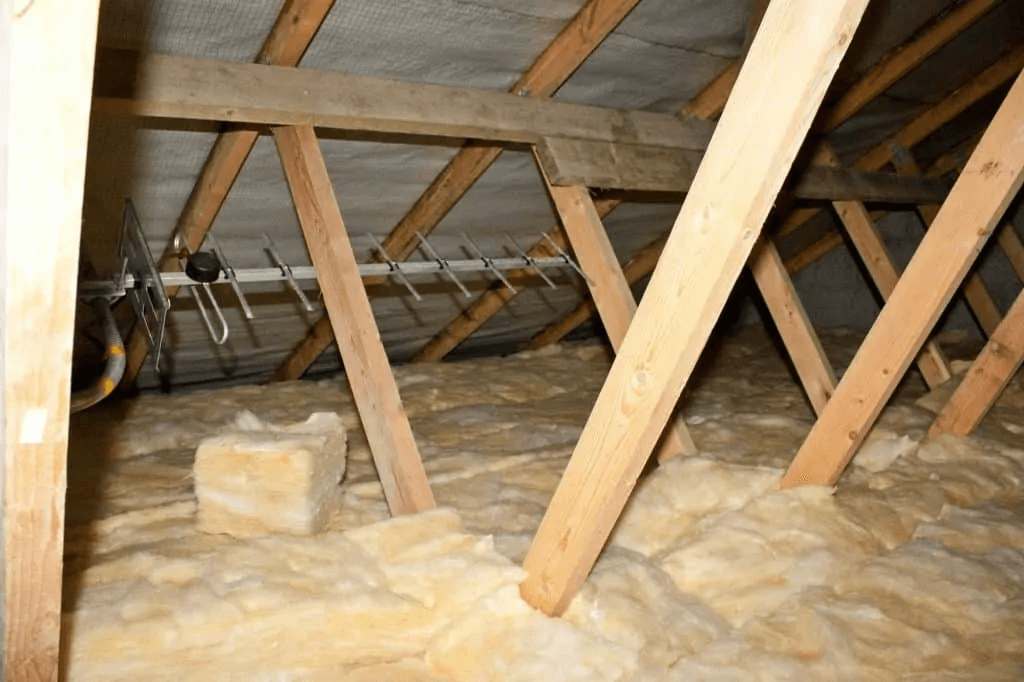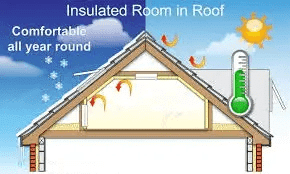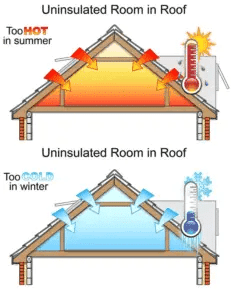Air Source Heat Pumps
A Sustainable Solution for Your Home

Qualifying criteria include:
- Someone in your home receives a qualifying benefit
- Household is on a low income.
- Your property has an Energy Performance Certificate (EPC) rating of E,F or G, or provides a qualifying score through our assessment
- You or somebody living in your property have a health condition that can be exacerbated by the cold
- You or somebody living in your property are pregnant or have a child aged under 5 or somebody living in your property are aged over 65
This is all part of the Governments Energy Company Obligation (ECO) scheme for heating and free insulation for homes.
You could save £555* or more a year on energy bills just by bringing your insulation up to the level it should be and all FREE.
There are grants available for:

Loft insulation.
Approximately a quarter of the heat that you pay for is lost through the roof of an uninsulated home. Insulating your loft is one of the easiest, most cost-effective way of saving energy and reducing your heating bills. This means that every £100 you spend on heating £25.00 is wasted.
Air Source Heat Pumps: Why Select Them?
2. Cost Savings: Over time, ASHPs might bring about significant energy bill investment funds by bringing down your dependency on traditional heating fuels.
3. Environmental effect: ASHPs help with reducing the natural impact of your home since they have a smaller carbon footprint than conventional heating systems.
4. Versatility: These systems provide year-round comfort in your house by offering both heating and cooling capabilities.
5. Grant Eligibility: An air source heat pump establishment might be, to some extent, covered by government awards or incentives, making it a more financially savvy decision for your home.


Specially designed insulation is fitted to the sloping part of the room and insulation is fixed to the back of the vertical walls. A layer of plasterboard is then installed over the insulation material and plastered ready for decoration.
Things like skirting boards, radiators and light fitting are removed before insulating and replaced afterwards. There is very little disruption and the whole process is completed very quickly.
For more information visit our Free Room in Roof Insulation Page

Cavity wall insulation.
About a third of all the heat you pay for is lost in an uninsulated home. By properly insulating your cavity walls, you will save energy reduce your energy bills. This means that for every £100 you spend on heating £33 of this is being lost through the walls.
In general, houses built later than 1990 will have been built with some form of wall insulation. This is not always the case and we have surveyed many houses built much later than this that have no insulation in the cavity.
Houses in the UK mostly have either solid walls or cavity walls:
